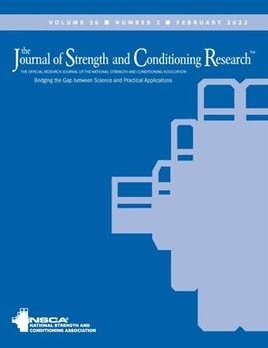La Torre A1,2, Vernillo G1,2, Agnello L3, Berardelli C2, Rampinini E4
1, Department of Sport, Nutrition and Health Sciences, University of Milan, Milan, Italy; 2, Faculty of Exercise Sciences, University of Milan, Milan, Italy; 3, Department of Basic and Applied Medical Sciences, Chieti-Pescara University, Chieti Pescara, Italy; 4, Human Performance Laboratory, Mapei Sport Research Center, Castellanza, Varese, Italy

Studies have attempted to describe human running performances by the analysis of world-record times. However, to date, no study has analyzed the evolution of high-level marathon performances over time. Thus, the purpose of this study was to analyze these performances across the past 42 years with the aim of delineating a time-based classification. To identify the nature of the phenomenon represented by the sequence of observations, we examined the data collected (i.e., 8,400 times from 1969 to 2010) as a time series. The leading time (LT) and the mean 200 times (T200) per year underwent a nonlinear but significant decrement (r = -0.92, p < 0.001 and r = -0.98, p < 0.001, respectively). In fact, from 1969 to 2010, the mean time differences were 3 minutes 20 seconds ± 1 minute 59 seconds and 7 minutes 1 second ± 2 minutes 48 seconds, corresponding to an improvement of 5 and 10 seconds per year for LT and T200, respectively. Furthermore, trend analysis suggested a disruption in marathon time improvements, indicating the presence of 3 points in the time series in which the performance significantly improved with respect to that of the previous years, corresponding to the years 1983-1984 (p < 0.001), 1997-1998 (p < 0.003), and 2003 (p < 0.001). In conclusion, despite the trend in high-level marathon performances being better explained by a nonlinear tendency, significant improvements in the ability of the high-level marathon runners to complete the distance were observed. These improvements are likely to be related to sociological, environmental, physiological, and training-method factors. Researchers and coaches should take into account these enhancements by using the time classification proposed in this study to better reflect the marathon performance profile of their athletes.
J Strength Cond Res. 2011 Dec;25(12):3242-7. PMID: 22080326 DOI: 10.1519/JSC.0b013e31821bf2bd